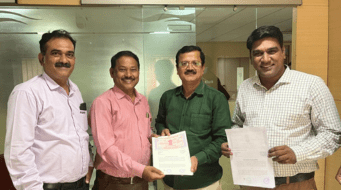by Shyna Dudeja
Indigenous communities hold a wealth of traditional knowledge on sustainable practices that will help in conservation of natural resources while tackling the climate crisis in the near future. On the occasion of World Conservation Day, here is a story on how Watershed Organisation Trust, in association with a tribal community in Jharkhand, is helping to preserve the wisdom of indigenous communities.
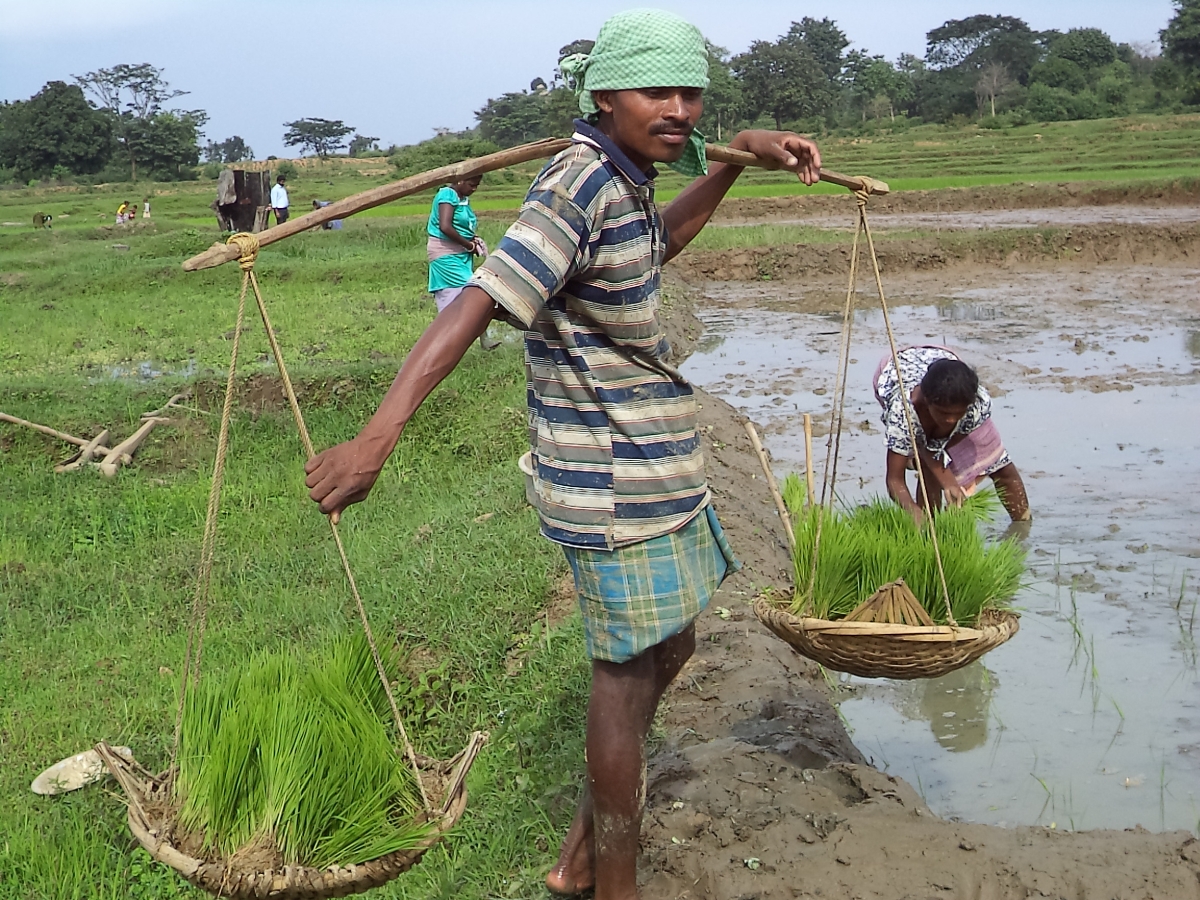
All things we need for survival come from nature. The extent of depletion of our natural resources today is more than the collective conservation efforts put together. Conservation of natural resources is quintessential for sustainable development, especially for water and soil conservation. There are various methods such as watershed development, climate-resilient agriculture and soil and land treatment to help conserve and revive natural resources.
Watershed Organisation Trust has been working in Jharkhand for 10 years now. During this time, what we have realised is that the indigenous communities of the state hold a valuable and collective wealth of traditional knowledge related to agriculture practices, including land preparation, organic manuring, local recipes for protection against pests, cropping systems and soil and water conservation measures. This traditional knowledge of farmers, passed down through generations, is essential for successful amalgamation of indigenous farming methods and modern techniques of sustainable agriculture and resource conservation while negotiating the climate crisis.
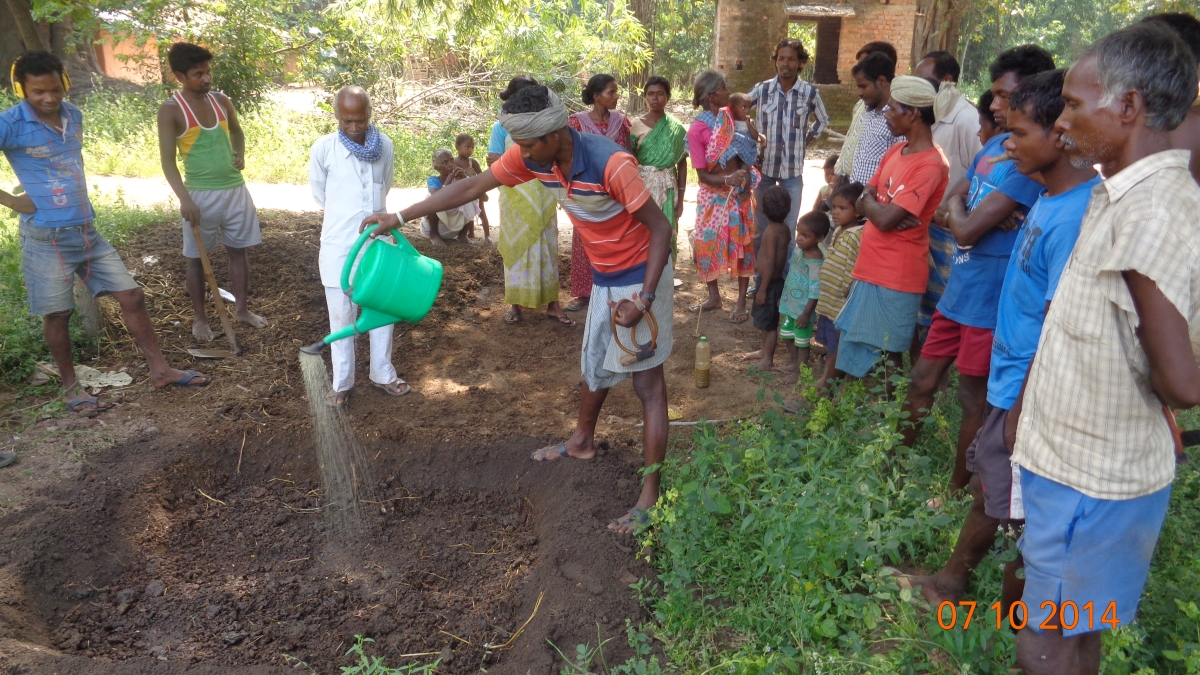
WOTR works with rural communities in Jharkhand towards sustainable development and conservation of natural resources while engaging a participatory approach. WOTR’s work spans across eight states in India, including Jharkhand, where a vast majority of the farmers benefiting from the interventions belong to indigenous communities.
In total, there are 32 tribes in Jharkhand. Currently, WOTR works in Murhu block, Khunti district of Jharkhand, spearheading watershed development, climate resilient agriculture, soil and land conservation, community mobilisation and capacity building of farmers. The tribe prominently found in this region of Jharkhand are the Munda. This community is known to have rich knowledge of indigenous practices especially pertaining to agriculture, Non-timber Forest Products (NTFPs) and plants that are of medicinal value. The Munda are settled agriculturists and have been practicing indigenous farming methods passed on by their ancestors. Moreover, they are now adopting various new climate-resilient interventions as well, thanks to WOTR’s interventions.
The story of farmers in Ghaghari village says it all. In Ghaghari, the farmers have transitioned into organic farming. Now, every farmer is motivated and eager to try new techniques of organic farming. Not so long ago, however, this was not the case, mainly because of the community’s rather bad experience with chemical fertilisers and pesticides. In the late 90s, chemical formulations for high crop yield and production were introduced in the village. Many farmers started applying chemical formulations to their crops, but little did they know about the harmful effects then.
For a few years, crop yield was great. But, due to the effect of harmful chemicals, nutrients and moisture in the soil started to deteriorate. Crop yield began to decrease and ploughing the fields became increasingly difficult. It was then that the farmers realised the effects of chemical fertilisers and fell back to indigenous organic farming practices. Since then, every effort has been made by the farmers of Ghaghari to conserve natural resources and embrace local and ancestral practices in agriculture.
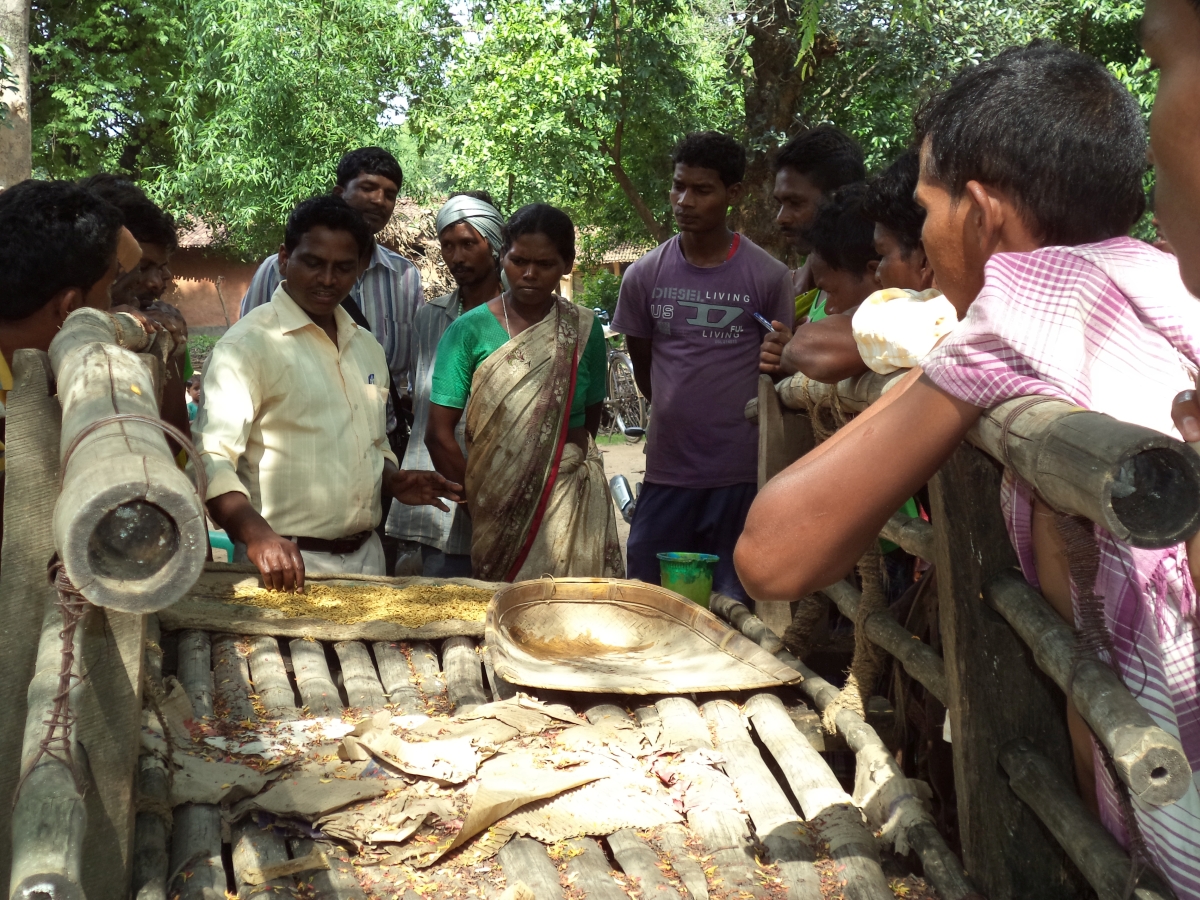
Indranath Singh’s story
Indranath Singh was awarded the Krishi Karman Puraskar by the department of agriculture, Jharkhand, for organic farming initiatives and his in-depth knowledge of traditional agricultural practices. Singh embraced agriculture at a very young age – from the early 70s – beginning with traditional farming and moving towards conservation and organic farming. Singh and other farmers in Ghaghari have been following indigenous agricultural methods carried over through oral traditions from generations past. Only the cropping system has changed, largely due to changing rainfall patterns, due to climatic variations. Indranath Singh’s work in indigenous farming and zest to preserve ancestral and local knowledge now motivates other farmers in the village not only to adopt age-old practices but also conserve local produce.
Singh has played a crucial role in developing the People’s Biodiversity Register (PBR) for almost six villages in Jharkhand. The PBR includes details of various local and indigenous varieties of paddy, cereal, gram, vegetables and fruits. Singh has collected samples of locally available seeds of paddy and other crops as well as vegetables so as to manage a seed bank. Singh is the sole breadwinner of the family and has been involved in agriculture since 1972. In the 1970s and 80s, farmers in the villages only knew of local and traditional farming practices. They used local produce to prepare manure and protect the crops from various diseases and pests. Singh carries forward this knowledge which assumes greater importance in the face of the climate emergency. Apart from this, he is known as the healer of the village thanks to his wisdom on medicinal plants. Like PBR, he has documented various local and forest plants with medicinal properties.
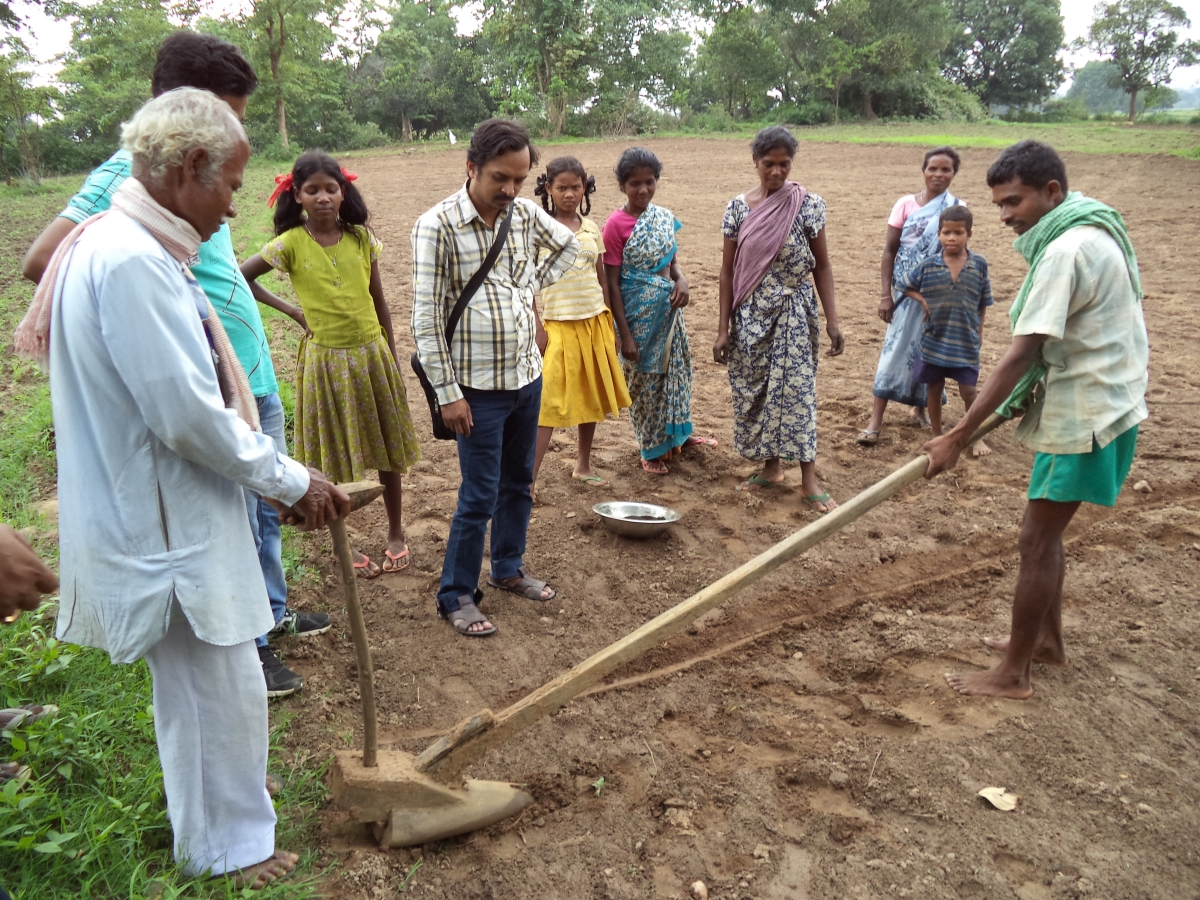
In 2009, Indranath Singh became associated with the Zilla Parishad where for the very first time he was introduced to the System of Rice Intensification (SRI). After learning theoretical aspects of SRI, Singh tried and experimented with the technique, which showed better results. It was after 2012 that Singh became one of the beneficiaries of WOTR’s project in his village. He was given detailed training in SRI as well as organic farming. Since then, Singh has been practising SRI. From soilless nurseries for vegetable cropping to organic formulation – fertilisers and pesticides – Indranath Singh has done it all.
“When I started working in the farms, I always used dried leaves and other materials for mulching which helps retain soil moisture and reduce the frequency of weeding. I have always been fascinated with different local produce used as manure. Back in the 1980s, I made compost on my own and experimented a few times and prepared manure for the fields. I was never in favour of the use of chemicals in our fields. Even when other farmers started using chemical fertilisers, I used organic manure and indigenous methods for protection against diseases and pests, which have always given me good results,” Singh says.
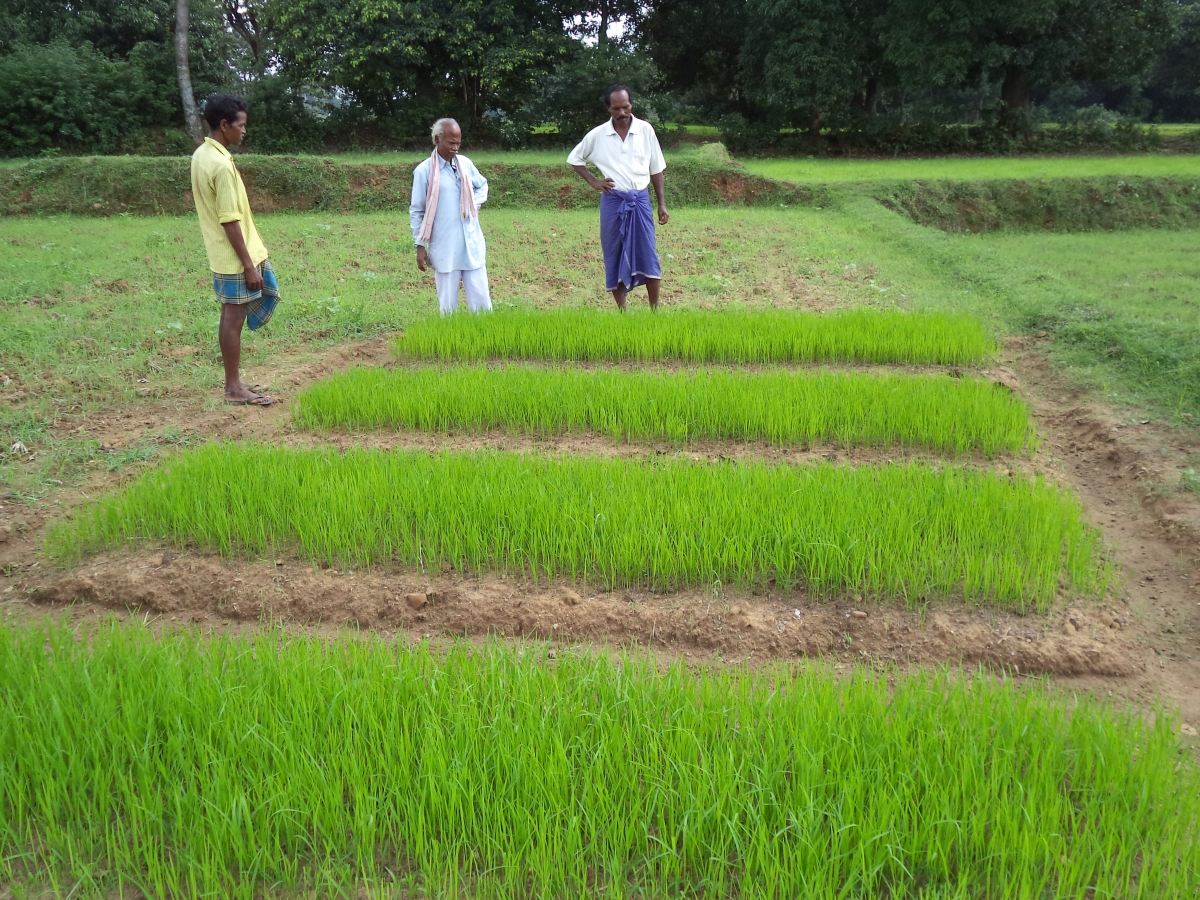
Indigenous farming and soil conservation by Indranath Singh
- Line plantation of paddy, millet and other crops
- System of Rice Intensification (SRI) and System of Crop Intensification (SCI)
- Organic farming using organic manure, fertilisers and pesticides like Amrit Pani, Jeeva Amrit, etc.
- Soilless nurseries for vegetable production
- Farm bunds for soil and land treatment
- Composting using local produce like karanj and dried leaves
- Promotion of sanayi phool for green manuring
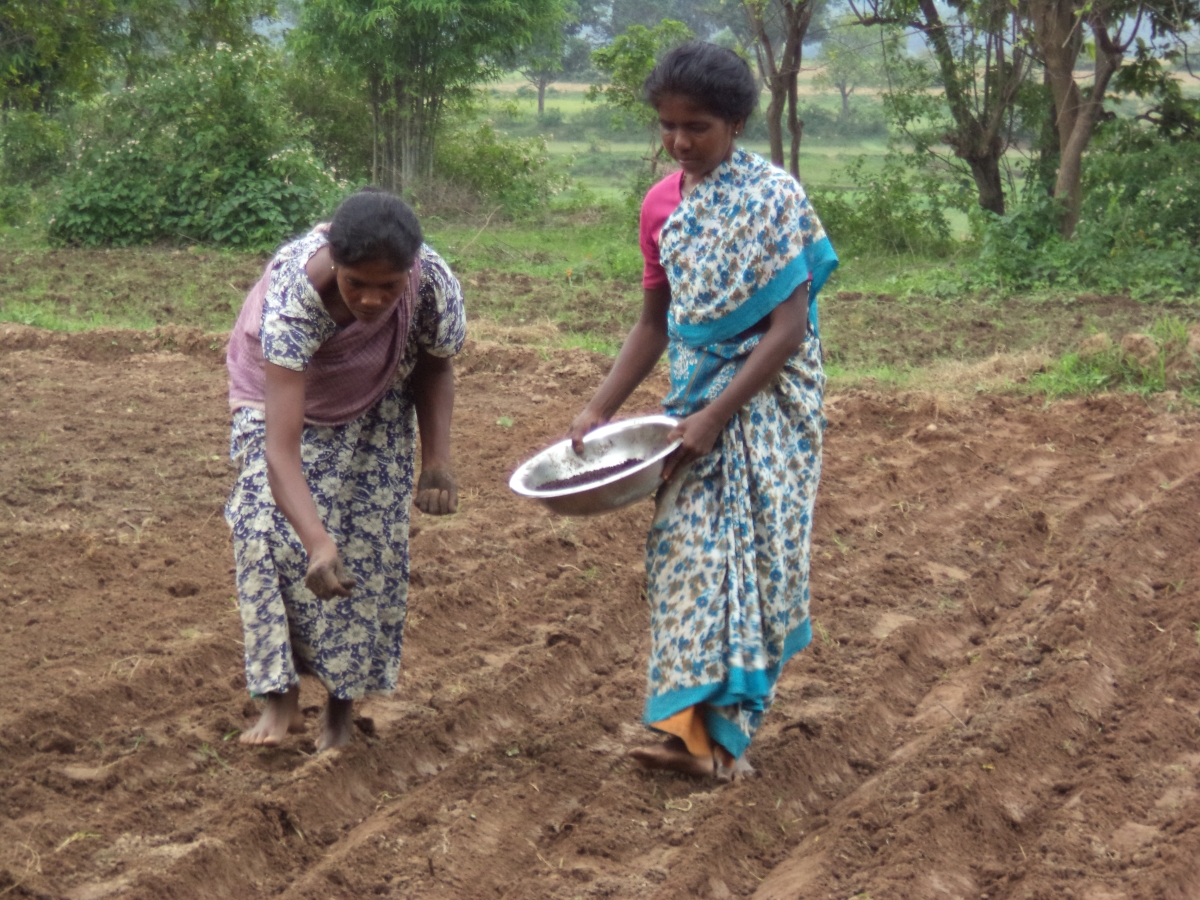
It is just not just the knowledge, but a desire for growth and development of rural communities that has led Indranath Singh to sustain his work on traditional and sustainable agriculture. All these years, Singh has not only worked towards conservation of local resources but also motivated other farmers in the village. He now works as a Wasundhara Sevak (agriculture) with WOTR and helps to raise awareness among farmers on indigenous methods of farming.
For five years, farmers in the village have been practicing vegetable cropping employing conservation techniques. During this season, out of 39 households, 27 have gone for vegetable crops. For instance, for the tomato crop on 10 decimals of land, the input cost was approximately Rs 2,000 and the revenue generated was Rs 20,000 from the sale of the produce.
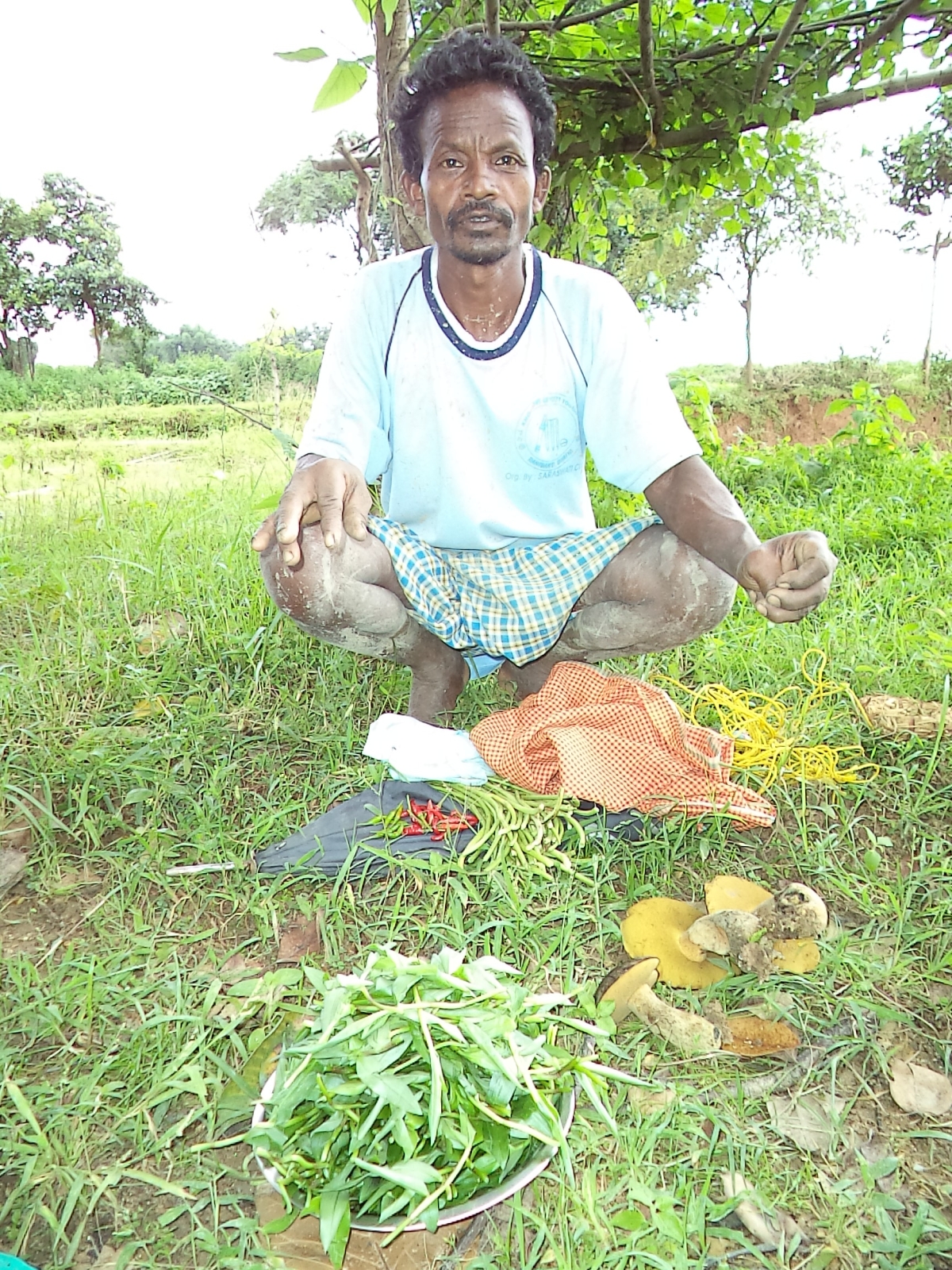
Climate change-induced extreme weather events have been troubling farmers a lot of late. Untimely rains, heavy downpours, heat stress and droughts have been major challenges. To add further to the woes, farmers like Indranath Singh, face the issue of water scarcity on a daily basis.
One of widely promoted indigenous farming methods to combat the climate crisis is the adoption of mixed cropping where simultaneously two or more crops are cultivated on the same land at the same time. Apart from this, soil and moisture conservation also plays a very important role. In order to ensure the same, farmers have also done bunding of their fields which helps in arresting runoff rainwater and retains moisture and nutrients for the summer crops. Continuous land treatment and water conservation activities also help in resource conservation as well as reducing risk of water scarcity especially during droughts.


